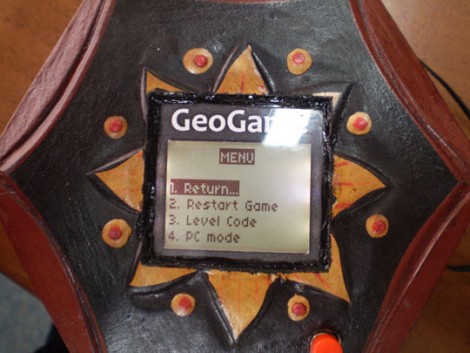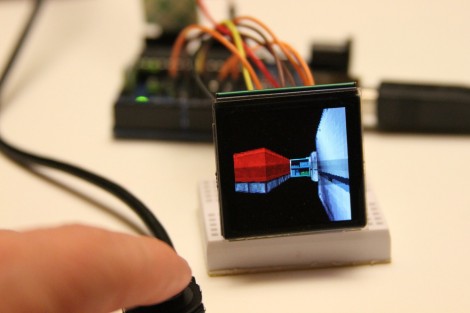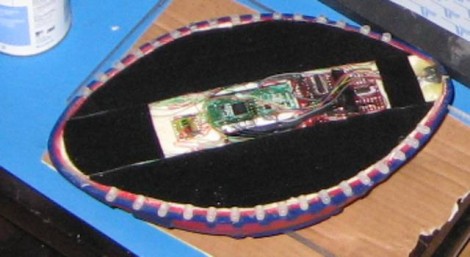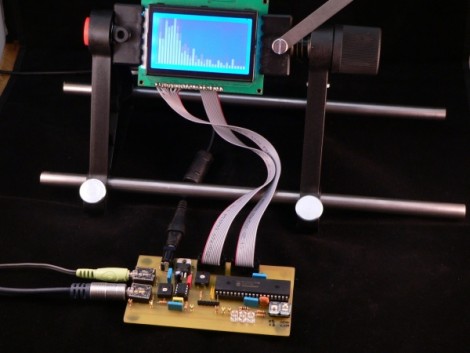
Bust out that 555 timer and use it to build your own AM radio transmitter. The circuit that [Rtty21] is using only needs the timer chip, an NPN transistor, three caps, three resistors, and a potentiometer. It generates an amplitude modulation signal around the 600 kHz range which you will be able to pick up with any normal AM radio. From the comments on the article it seems you’ll get around 30-40 feet of range out of the device. We don’t see this as a competitor for the FM spy microphone, but maybe you can use it as a diy baby monitor.

















